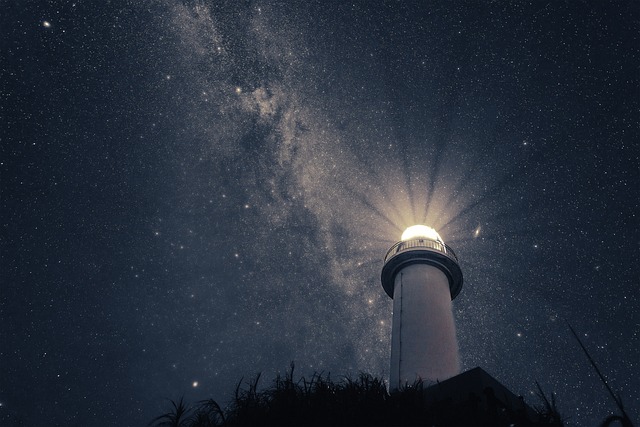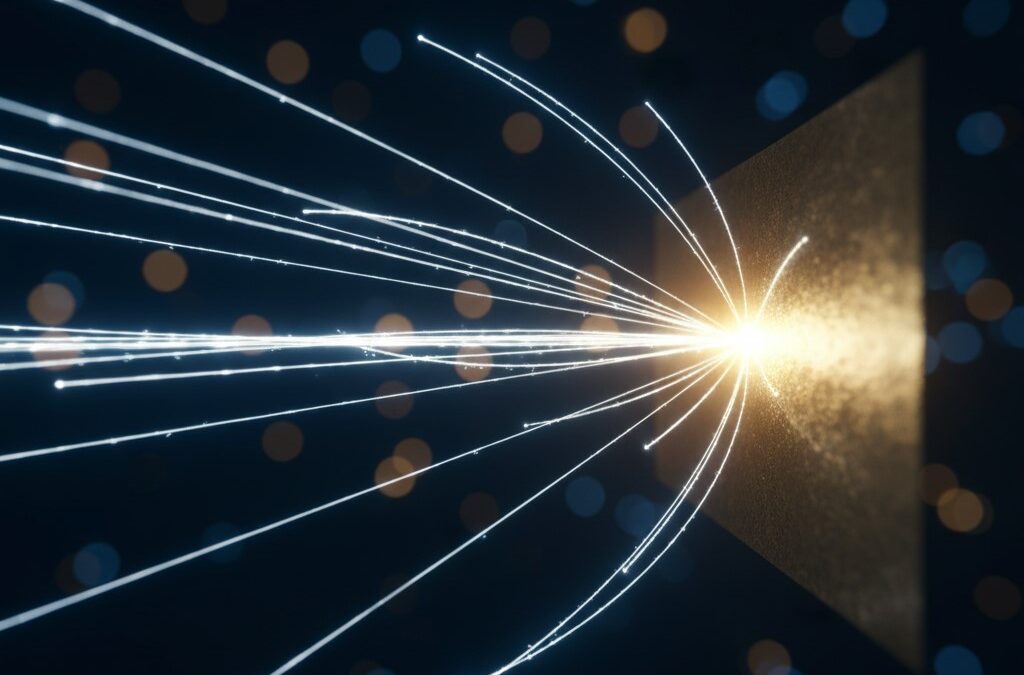The universe is vast and mysterious, filled with celestial wonders that have captivated humanity for centuries. But have you ever stopped to ponder the age of this magnificent tapestry of stars, galaxies, and cosmic dust? It’s a question that has perplexed scientists and philosophers alike. In this blog post, we’ll embark on a journey through time, exploring the fascinating story of how we’ve come to understand the universe’s age and the profound implications of this discovery.
[ez-toc]
Understanding the age of the universe is a fundamental pursuit in astronomy and cosmology. It helps us piece together the grand narrative of the universe’s evolution, from its primordial beginnings to its present state and potential future. By delving into the depths of time, we gain insights into the processes that shaped the cosmos, the forces that govern its expansion, and the secrets hidden within its vast expanse.
We also Published
- Coordinated Lunar Time: A New Time System for the Moon – NASA
NASA is developing a new time system for the Moon, Coordinated Lunar Time (LTC), to ensure precision for future missions. Learn about the challenges of timekeeping on the Moon, Einstein’s theory of relativity, and the global collaboration needed for this groundbreaking initiative. - Earth’s Distant Future: A Glimpse into Our Planet’s Fate – Exploring the Cosmic Timeline
Explore the captivating story of a distant planet orbiting a white dwarf, offering a glimpse into Earth’s potential future. Learn how this discovery unveils the dramatic evolution of stars and their influence on planetary systems, including our own. - A Short History of Botany: Tracing the Roots of Plant Science
Discover the evolution and milestones in A Short History of Botany. Explore how plant science has transformed over centuries.
The Big Bang: A Moment of Creation
At the heart of our understanding of the universe’s age lies the Big Bang theory. This groundbreaking scientific model posits that the universe originated from an incredibly hot and dense state, a singularity, approximately 13.8 billion years ago. This momentous event, known as the Big Bang, marked the beginning of space, time, and all matter as we know it.
The Big Bang theory is not merely a hypothesis but a robust scientific model supported by a vast array of observational evidence. For instance, the discovery of the cosmic microwave background radiation (CMB) in 1964 provided strong support for the theory. This faint, ubiquitous radiation permeating the universe is considered the afterglow of the Big Bang.
Measuring the Universe’s Expansion: The Hubble Constant
One of the key pieces of evidence supporting the Big Bang theory is the expansion of the universe. In the 1920s, Edwin Hubble made a remarkable discovery that revolutionized our understanding of the cosmos. He observed that galaxies are moving away from each other, with the farther they are, the faster they are receding. This observation, now known as Hubble’s Law, implies that the universe is expanding.
Hubble’s Law is expressed mathematically as:
$$v = H_0 d$$
where:
- v is the velocity of a galaxy
- d is the distance to the galaxy
- H0 is the Hubble constant, a proportionality constant that relates the velocity of a galaxy to its distance.
The Hubble constant is a crucial value in cosmology because it represents the rate of expansion of the universe. Determining its value is essential for understanding the universe’s age and its future evolution.
The Cosmic Microwave Background Radiation: Echoes of the Big Bang
The cosmic microwave background (CMB) radiation is a faint, uniform glow of microwaves that permeates the entire universe. It is a crucial piece of evidence for the Big Bang theory and provides insights into the early universe. The CMB is believed to be the afterglow of the Big Bang, a relic of the hot and dense primordial plasma that existed shortly after the universe’s birth.
The CMB has a characteristic spectrum, known as a blackbody spectrum, which is consistent with the prediction that the early universe was filled with a hot, dense plasma. The CMB also exhibits minute temperature fluctuations, known as anisotropies, which provide information about the early universe’s structure and evolution.
The Age of the Universe: A Constant Refinement
Scientists have employed various methods to estimate the universe’s age, based on observations of cosmic phenomena and the principles of physics. These methods include:
- Hubble Constant: By measuring the Hubble constant, scientists can infer the age of the universe. However, determining the Hubble constant precisely is a challenging task, and different methods have yielded slightly varying values.
- Cosmic Microwave Background Radiation: The CMB provides insights into the early universe’s expansion rate and age. Scientists can estimate the universe’s age by analyzing the CMB’s properties and using theoretical models.
- Stellar Evolution: Scientists can estimate the age of stars by studying their evolution, luminosity, and composition. This knowledge can be used to estimate the age of the universe.
Conclusion: A Cosmic Mystery Continues
The age of the universe remains a subject of ongoing research and refinement. Scientists continue to refine their methods and measurements, striving for a more precise understanding of the universe’s history and evolution. The quest to unveil the universe’s age is a testament to humanity’s insatiable curiosity and the power of scientific inquiry. By delving into the depths of time and space, we unravel the universe’s secrets, expanding our knowledge and deepening our awe for the cosmos.
RESOURCES
- What happened in the early universe? | Center for Astrophysics
- How Old is the Universe?
- eli5 How do we know how old the universe is?
- How old is the Universe?
- 13.4: The Life of the Universe
- Universe
- WMAP- Universe – NASA
- New research puts age of universe at 26.7 billion years …
- Is the universe twice as old as we thought?
- Scientists Confirm Age of Universe is 13.8 Billion Years
- How old is the universe?








0 Comments